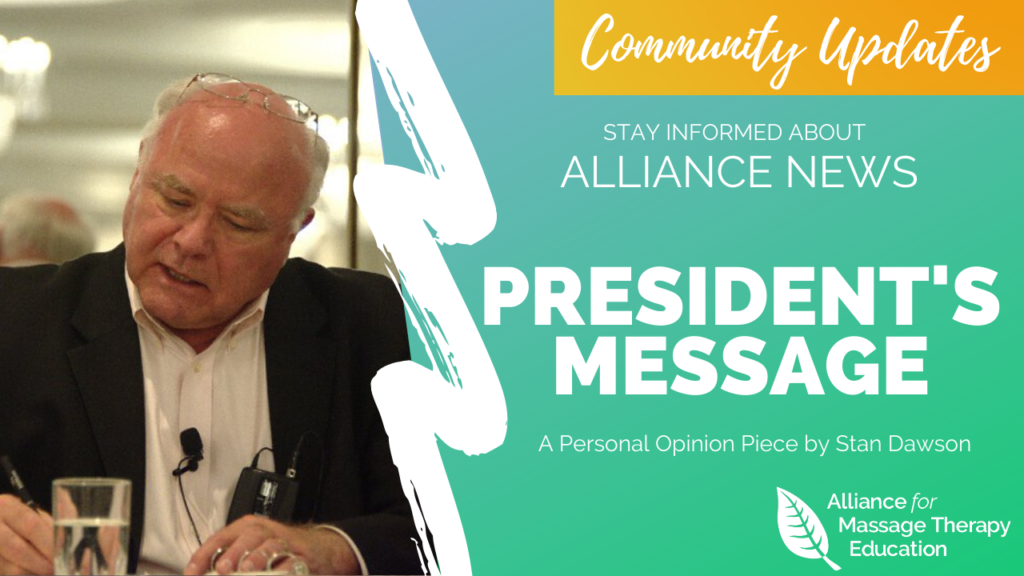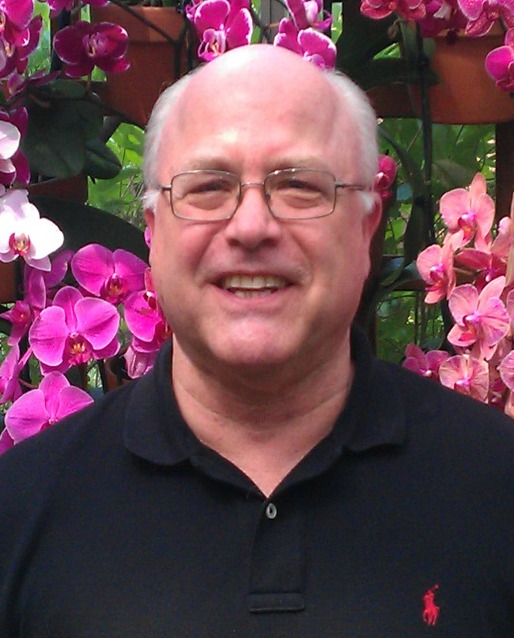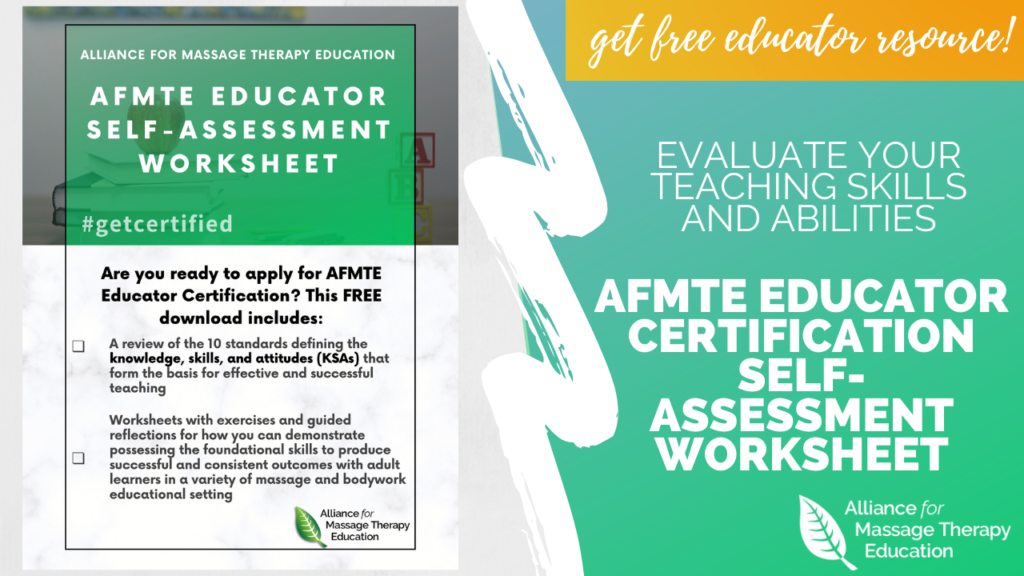
AFMTE President’s Message – Massage Therapy Education Community Updates, January 2020
A Personal Opinion Piece by Stan Dawson
As we enter a new decade, AFMTE is entering a second decade of efforts to improve the quality of massage education. These are tumultuous and polarized times for our country — but not for our profession. There is virtual consensus in the massage world that improving massage education is a powerful factor for improving our profession overall. Better schools with better curricula and well-trained educators will graduate more competent and effective therapists. The quality of the work that therapists do greatly impacts the impression the public has of our profession. More knowledgeable practitioners make an enhanced impression on our colleagues from the other health professionals with whom we interact.
So why state the obvious? Because I want to inspire the massage world to galvanize itself around some basic goals: teacher certification, programmatic accreditation, standards for curricula in massage programs, and the development of a stronger movement to create a new level of education meant to prepare graduates for entry into integrated health settings and hospitals. AFMTE has created a teacher certification program. AMTA is helping to fund the effort with a $75,000 grant. ABMP is helping by offering to pay $100 toward the cost of applying for teacher certification for 50 ABMP members. If you aren’t aware of this program, check out the AFMTE website.
So why state the obvious? Because I want to inspire the massage world to galvanize itself around some basic goals: teacher certification, programmatic accreditation, standards for curricula in massage programs, and the development of a stronger movement to create a new level of education meant to prepare graduates for entry into integrated health settings and hospitals.
— Stan Dawson, AFMTE President
COMTA offers programmatic accreditation to massage programs. I believe that programmatic accreditation should be the requirement for every massage program. It is time to make it happen rather than merely mentioning it as a future goal in your organization’s strategic plan. Make it happen now. The Coalition of National Massage Therapy Organizations endorses the notion of programmatic accreditation as well as the application of the standards from ELAP to all massage programs. COMTA also asks schools seeking and maintaining accreditation to meet COMTA curriculum standards which are very similar to the ELAP standards. Better educators, better schools, better curricula.
There has been years of discussion about the need for a second tier in massage education, massage credentials. Whether this is accomplished by the schools or by specialty certification is less critical to me than just getting it done. Title IV funding guidelines and state massage laws don’t make it easy for the schools to create a higher level/tier of massage education, but, if we decided to get it done, it could be. It would require changes from accreditors, state massage boards, certifying bodies, and perhaps other organizations. The truth is: similar moves would be needed for requiring teachers to be certified, all massage programs to be programmatically accredited, and all schools to conform to ELAP. How could that happen?
It could only happen if the massage profession got united and demanded these changes. Are you in?

About the Author:
Stan Dawson, DC, LMBT, President
Stan Dawson is an NCBTMB approved CE provider and NC licensed Massage & Bodywork Therapist (#13572). Stan was a member of the Leadership Group that formed the Alliance and served on the original Board of Directors for the AFMTE. He currently serves as the BOD Representative to the Academic Collaborative for Integrative Health (ACIH). He has a Doctor of Chiropractic degree from Palmer College of Chiropractic, a Bachelor’s degree from Monmouth College (Ill.), and a massage certificate from the Academy of Somatic Healing Arts.
Email: Stan@afmte.org

